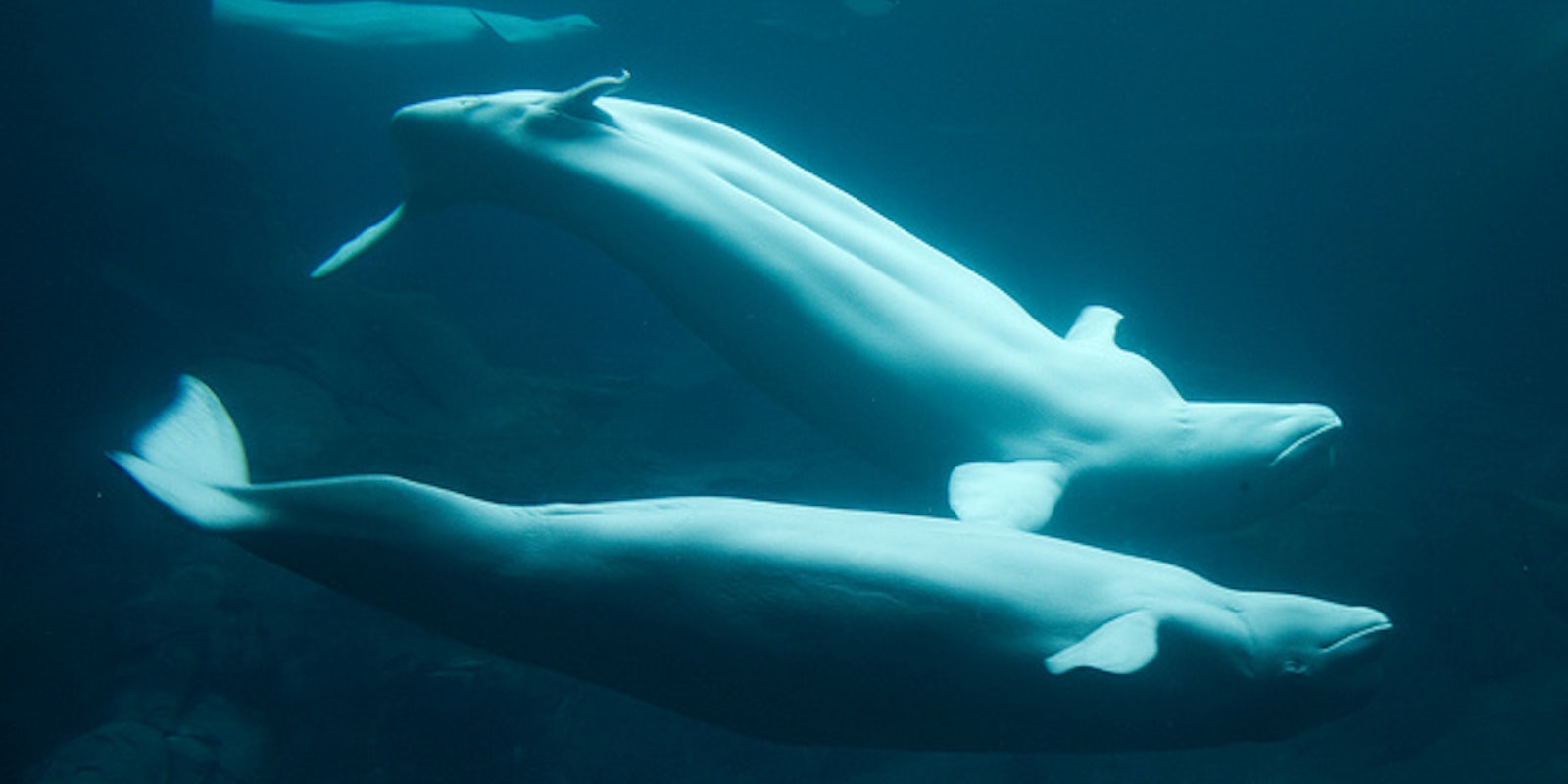Almost a decade has passed since the band Star One mournfully noted, “We don’t know the words to the songs of the ocean.” But that might change now that Scientific American, in conjunction with the citizen-science portal Zooniverse, has launched the Whale Song Project (also known as WhaleFM). The initiative hopes to harness the power of crowdsourcing to decode the meaning of whalesong.
It’s similar to other citizen-science projects like the longstanding SETI@home, where volunteers download chunks of raw data in need of interpretation. But the Whale Song Project relies on people to interpret the data themselves, rather than have their computers do it.
Scientific American explained: “[C]itizen scientists are presented with a whale call and shown where it was recorded on a map of the world’s oceans and seas. After listening to the whale call—represented on screen as a spectrogram showing how the pitch of the sound changes with time—citizen scientists are asked to listen to a number of potential matching calls from the project’s database. If a match is found, the citizen scientist clicks on that sound’s spectrogram and the results are stored.”
The online response (not counting mainstream news coverage) suggests the project is developing a niche following, small but enthusiastic. In the 24 hours following the launch of the project, WhaleFM had collected only 64 followers on Twitter, with only a quarter of those sending tweets about the Whale Song Project or WhaleFM.
But those self-selected few who did bother to respond to the news had nothing but good things to say about it. At It’s Okay to be Smart, science blogger Joe enthusiastically urged readers to sign up for the project. “Think of it! Studying cetaceans without even leaving your living room!” Joe wrote on Tumblr, a post that had 165 notes as of press time.
Thus far no Douglas Adams fans have weighed in on the story. If they do, they’ll probably remind humanity to be very, very worried, if it turns out the whales are saying, “So long, and thanks for all the fish.”
Photo by brian.gratwicke


